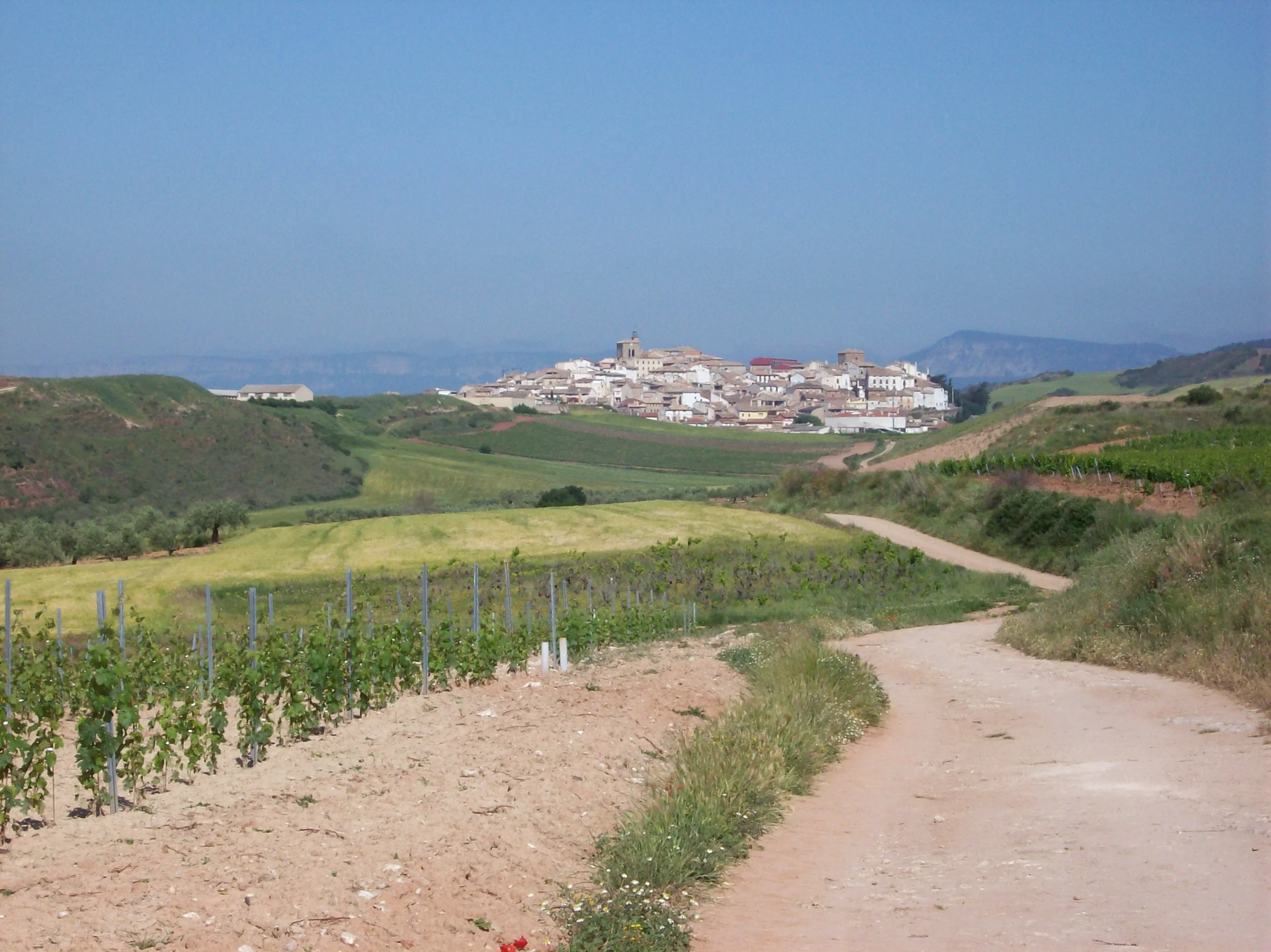Speed and Space of Mind by Elisabeth Hedrick-Moser
{1,177 words}
When I come upon crawling traffic on a highway, the cars’ billowing exhaust and drivers’ expressions of fuming anger mirror to me what I don’t want to see. This picture--of what we are becoming and what we are making--drives me to want speed.
If I were walking on the side of the highway, rather than in my car, I’d have space of mind to inhabit the physical space that I pass through. I would be my own speed, covering just the distance that my body could cover. My walking speed would bring me into contact with trees, people, even roadkill, that my car, with its high speed and self-enclosure, blocks out. Walking alone can be a meditative practice. Walking with children leads to interiority by a different path.
My love for walking hearkens back to my days as a pilgrim, when I traversed Spain and, later, France on the Camino de Santiago. On pilgrimage, you follow the path, absorbing the folds of the land in your bones as the body wears out, and mind-chatter stills to a plain - flat, expansive, rounding at the edges. Through weeks of stepping on bruised feet, you see the distant path arriving at a village at last, and you know that path is your own mind. You step along into memory, into desire, and the horizon of the known self recedes into the distance. Yes, things get weird out there. But that’s part of what I loved about it - the reciprocity of inner and outer landscapes.
Photo by Elisabeth Hedrick-Moser
One day on the Camino de Santiago, my mystical aspirations were thwarted by a very infected blister on my heel. While drinking pastis with some French RV campers, a woman convinced me that it was a very bad idea to walk another day on it and that I needed to ride with her to a pharmacy in the next town.
Getting in a car during a pilgrimage was anathema to me. Driving would halt the process of walking away from a false sense of self until you stumble through an empty mind into the divine presence glittering on the hazy horizon, and, through that haze, find yourself in a French village, surrounded by fields of wheat, drinking wine. Accepting a ride seemed to infect all the purification I had walked through. But since what was really infected was my heel, I found myself winding through the hills in an old sedan, making sleepy small talk in bad French.
I felt nauseous at first, leaning into the curves over the river’s chasm. Nausea morphed into a dizziness at the ease with which we carved through land that I would have had spent an entire day ascending and descending by the winding path, meditating on the trees’ stillness and my passing--a full day of thoughts offered up as prayer. We pulled into town thirty minutes after leaving the campground. Thirty minutes! Seven or eight hours’ contact with the landscape collapsed into the space of a sitcom.
Not everyone can walk, of course, and those of us who can walk at present will not always be able to. Still, the question I am asking has to do with the friction between the body and the land, produced by the mode in which the body traverses space. What do we make, and how are we made, by the modes in which we travel?
Photo by Elisabeth Hedrick-Moser
Since the last day of my last pilgrimage, when the arrows stopped pointing the way, and I stood in the cobbled streets wondering where to go, I’ve wanted to bring the pilgriming mindset into everyday life. In pilgriming, the pains and pleasures of walking chart a way to breathe into internal landscapes. It was easy enough for me to continue this awareness with a meditative walking practice...before I had children. When Madeleine was under a year and cuddled on my chest in the carrier, though my mind roamed, it was also consumed by secondary considerations: “Is 20 degrees too cold for us to be out here? What if she needs to nurse and the milk freezes?”
On the other hand, walking with a baby makes me look twice, look closer, imagine the world as a person with unfolding perception. Recently I walked with three-year-old Madeleine, while she rode her little bike to the grocery store. Catherine slept on my chest. While moving from walking alone to walking with baby heightens perception and adds a commentary of precautions, walking behind a three-year-old on a bike adds a healthy dose of adrenaline.
Adrenaline is not missing in most urban walks, meditative as they may be. In the city, at least for a woman, there’s the background of warnings to keep us indoors. In my new haunt in San Antonio, Texas, stray dogs provide extra adrenaline. Not the occasional stray dog, but a culture of stray dogs, where it’s common for a pit bull to stand barking in the middle of the street.
I guard the girl on the bike, and I feel the vulnerability of my baby breathing into my chest; so, while terrified of the dog, my own hackles go up, ready for battle. I raise the rock ready in my right hand and mentally prepare to reach for the pepper spray in my pocket. The dog, however, just looks at us, like, what? I lower the rock.
Photo by Elisabeth Hedrick-Moser
Madeleine rockets ahead on her bike. My eyes scan for more strays, for cars, and, each time we reach a street, I yell, “Stop! There’s a road. What do you do?” She looks both ways and shouts, “No cars!” and shoots across the street. I jog in stride, enjoying the mild winter weather, feeling the sun on bare shoulders, exulting in Madeleine’s wobbly speed, breathing deeply into Catherine’s breath, while I scan the next row of yards and driveways. Walking to the store sounds relaxing. Really it’s high adventure.
That’s what I’m into though. Rather than worrying about a myriad of concerns, I want to be thrown into a situation where all of me - mind, body, and spirit - has to respond. Adventure is a way of resting from anxiety by immersion in the present. Instead of staying inside, I carry rocks along with my baby. Instead of not letting Madeleine ride her bike in the neighborhood, I’m teaching her how to look out for cars, how to keep riding when a dog barks in her face.
What am I making, how am I being made as I take my children on errands? Walking with my children helps me to make stillness in the perpetual movement of their childhood. I enter into the space I live in, and, doing so, find space within. Stepping into the world in this way with children, I hope, makes that space for them, too. These little forays reveal interior landscapes of high danger and wonder. Before children, to touch these elements of interiority I had to toe the dirt across Spain and France. Now, I just walk with my kids to the store.
A native of El Paso, TX, Elisabeth Hedrick-Moser lives in San Antonio, where she explores the city and the surrounding hill country with her two daughters and husband. She earned a doctorate in English Literature from Saint Louis University and has published academic essays on war literature, trauma, and teaching. Elisabeth currently focuses her writing energy on creative non-fiction and poetry.




